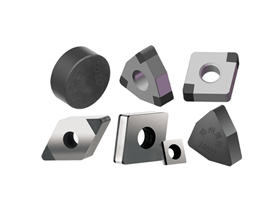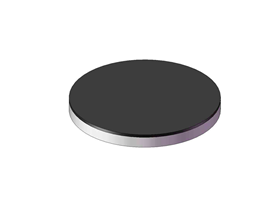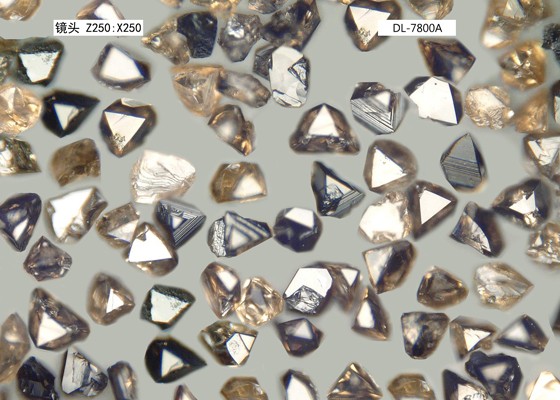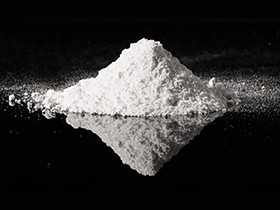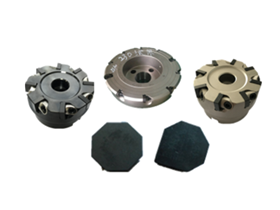In the field of difficult-to-machine materials, PCBN (Polycrystalline Cubic Boron Nitride) inserts are widely used for efficient machining of hardened steel, cast iron, wear-resistant chilled cast iron, and other difficult-to-machine materials due to their high hardness, high wear resistance, and excellent thermal stability.
However, in practical use, some users report phenomena such as "excessive wear" and "short tool life." To address this issue, this article provides a systematic analysis from various aspects including tool material, workpiece material, process parameters, and equipment, hoping to be helpful to you.
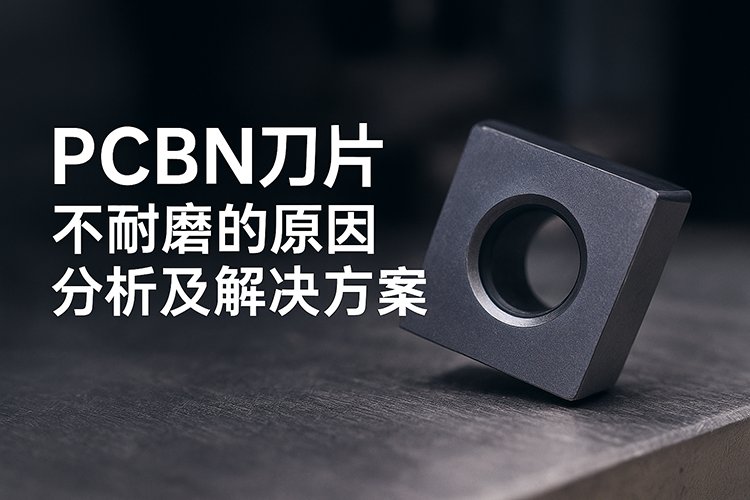
I. Tool Material Factors: The fundamental factors determining tool performance.
Factors such as CBN content, grain size distribution, binder distribution, and sintering temperature/pressure/time in PCBN inserts all affect the hardness and overall density of the tool, thereby potentially weakening its overall wear resistance.
Recommendations: Select the appropriate CBN grade based on the properties of the material being machined, and choose suitable insert edge parameters (chamfer, edge preparation, etc.) according to the machining conditions, to enhance the wear resistance and chipping resistance of the PCBN inserts.
II. Workpiece Material Factors: The influence of workpiece material characteristics on tool wear.
Excessively high workpiece hardness or non-uniform microstructure, such as hardened steel with a hardness exceeding HRC 65, or the presence of a large amount of unevenly distributed carbides, can lead to uneven tool wear and shortened tool life. The presence of oxide layers and inclusions on the surface can cause severe friction during the cutting process, accelerating flank wear or even causing chipping.
Recommendations: Clean the oxide layer from the workpiece surface before machining. For high-hardness workpieces, employ pre-machining or use a light cut depth to reduce cutting impact.
III. Cutting Parameters and Working Condition Factors: Rational matching is essential for optimal performance.
Excessively high cutting speed: When the cutting speed exceeds the thermal stability range of the PCBN material, the insert is prone to oxidation or diffusion wear. Excessive feed rate or depth of cut: Leads to a sharp increase in cutting force and concentrated heat, causing mechanical damage and thermal fatigue to the tool. Improper cooling method: Inadequate cooling during high-temperature, high-speed cutting can result in thermal wear.
Recommendations: Set reasonable cutting parameters (cutting speed, feed rate, depth of cut) based on the machining conditions. Simultaneously, if facing interrupted or strongly interrupted cuts, select a suitable insert grade.
IV. Equipment and Installation Factors: System stability determines tool performance.
Loose tool clamping or excessive runout: Causes uneven force on the cutting edge, leading to chipping. Insufficient machine tool rigidity or spindle accuracy: Leads to periodic impact on the tool, severely affecting wear resistance. Vibration or resonance in the tooling system: Causes fatigue wear on the insert edge and degrades workpiece surface quality.
Recommendations: Use high-precision tooling systems, improve machine tool rigidity and spindle dynamic balance performance to reduce system vibration.
Conclusion: The wear resistance of PCBN inserts is influenced by multiple factors. "Poor wear resistance" is not solely a matter of product quality, but rather the result of the interaction between material, process, equipment, and application parameters. Zhengzhou Bote is committed to providing users with integrated solutions from material to application, assisting customers in achieving high-efficiency and highly reliable machining with high-quality, high-stability products.
